It can hurt to portage a canoe. Whether you are hopping from one lake to another or avoiding a set of nasty rapids, each trail has some potentially painful characteristics: slippery rocks, steep inclines, bug-infested hollows, boot-sucking mud, wrong turns. Even legendary canoeist Bill Mason once said, “Anyone who tells you portaging is fun is either a liar or crazy.”
Portaging is canoe tripping’s necessary evil. Often a painful hike through the woods with 500 pounds of gear is the only thing standing between you and absolute solitude. There are ways to ease the pain, however. These portaging tips will lessen your burden considerably.
15 tips to conquer any canoe portage
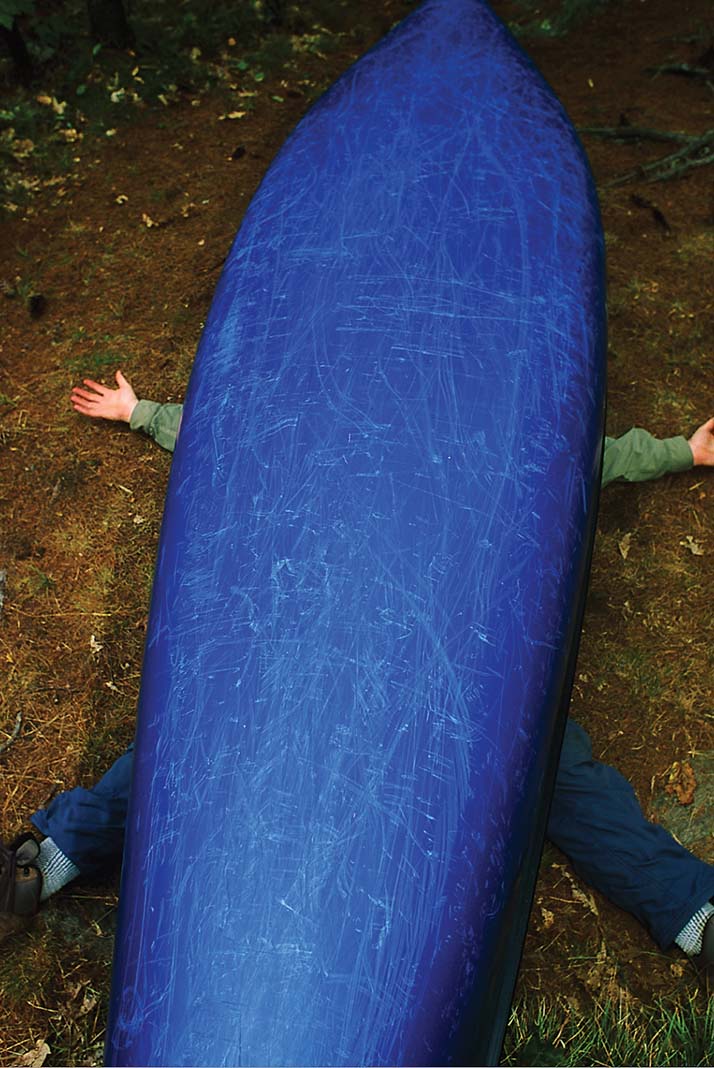
1 Reduce clutter
The only thing worse than having a canoe full of loose stuff is those same items dangling from your packs on a portage. Stuff everything inside a large canoe pack.
2
Lessen the sagging feeling
Choose a pack with a hip belt, chest strap, and a tumpline to lessen the sagging feeling of a heavy pack, especially while going uphill.
3
Test-drive your pack
Practice carrying your load around the block before attempting a real portage. If you are having problems, unpack and jettison nonessentials.
4
Avoid single carries
Portaging across twice obviously takes longer, but it’s better to make extra trips than to overdo it. You’ll avoid injuries and also have room to carry an extra flask of wine.
5
For type A’s
If you can’t bring yourself to do two full trips, try a trip and a half. Both canoeists head across the portage, one with packs and the other the canoe. Halfway along, the one carrying the canoe stops and returns for the second pack. The other person continues on to the end, and then returns for the canoe. If only one person is able to carry the canoe, then you can both start off with packs, and one person goes back for the canoe.
6
Hooked on portaging
Strap fishing rods along the inside gunwale and make sure no lures are attached. There’s nothing worse than fishing line tangled up in brush or a fish hook stuck in your gear, or worse, your arm.
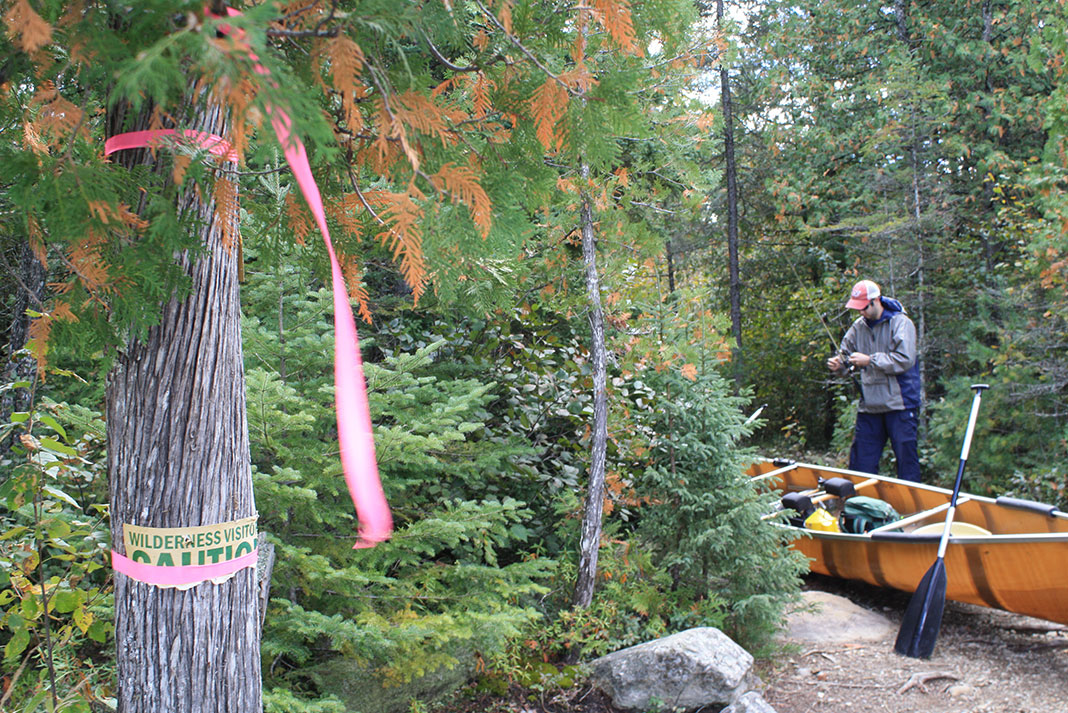
7
Stand up and be counted
Preassign each group member the equipment they are responsible for carrying. This helps organize everything at the take-out and put-in, as well as assigning responsibility—or blame, depending on your group—if there’s something missing at the end of the day.
8
Money buys happiness, just this once
Splurge on either renting or buying a lightweight canoe. It’s worth it, I promise.
9
Independence is bliss
Learn how to solo carry rather than shoulder the canoe with your partner. It’s actually easier in the long run and fewer arguments will erupt.
10
Portage a half-bubble off level
Replace your cheap, factory-built yoke or thwart with a custom yoke conforming to your own shoulders. Install the yoke yourself, placing it a wee bit back from center to make the canoe slightly tail-heavy.
11
Fast-acting pain relief
Carrying the canoe, occasionally drop one arm to your side. Grip the opposite gunwale with the other arm, making sure it’s outstretched and your elbow is straight. Switch often. This technique transfers the weight from one shoulder to the other and gives you a few minutes of pain relief.
12
Keep a bar within reach
Placing a carrying bar or thwart in front of you, just within reach, offers more hand positions and reduces cramping or simply tie a rope between the bow and stern and grasp that to keep the canoe properly balanced.
13
Listen to your inner tortoise
When carrying packs I can generally suffer for at least 40 minutes before I have to stop and rest. But with the canoe I stop every 20 minutes and rest for five minutes before continuing. Also rest at the tops of hills, so you’re on your game during a slippery, rocky descent. Slow and steady wins the race.
14
Dangle a chocolate carrot from the bow
I always make sure to pack a big bag of treats. At the end of each carry we celebrate by gorging ourselves. It’s amazing how the thought of having something sweet at the end may be the only thing pushing you to get the job done.
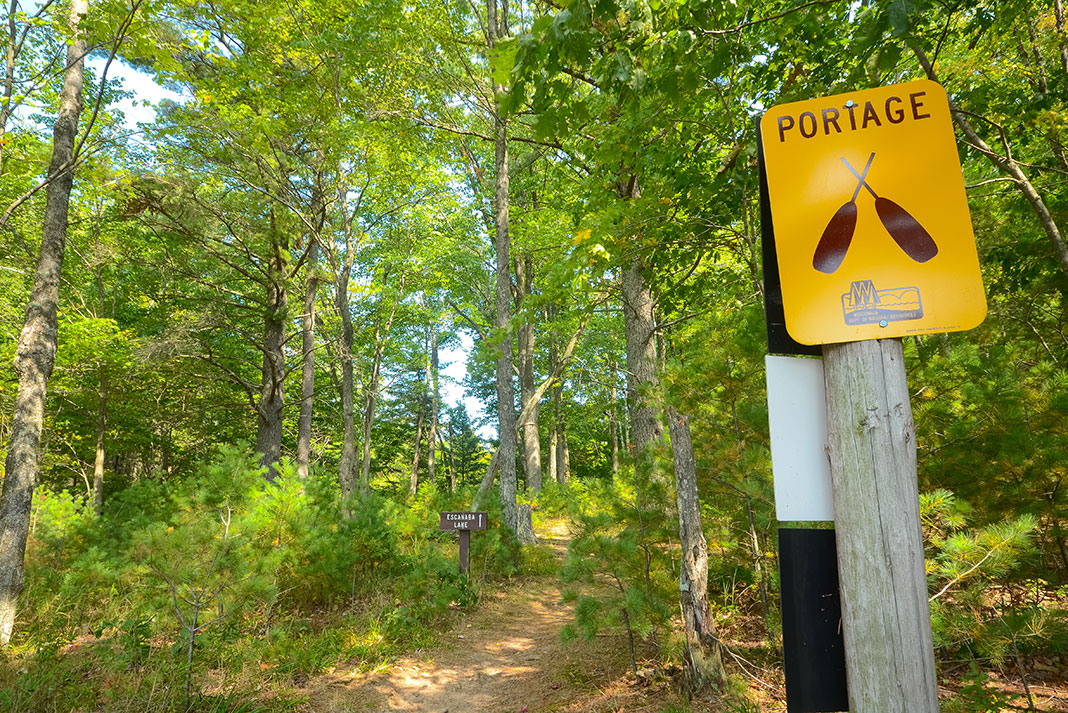
15
Oh, Mickey, you’re so fine
I pass the time on portages by singing to myself. So I make darn sure the last song I heard on the radio before embarking on my trip was a good one, as I know it will be in my head for the entire trip. Try for something classic like Billy Joel’s “Piano Man” or Jimmy Buffet’s “Margaritaville,” and nothing by Wham!
This article originally appeared in Canoeroots and Family Camping, 2004 and in Paddling Magazine Issue 65. Subscribe to Paddling Magazine’s print and digital editions here, or download the Paddling Magazine app and browse the digital archives here.
Even legendary canoeist Bill Mason once said, “Anyone who tells you portaging is fun is either a liar or crazy.” | Feature photo: Tony Webster/Flickr


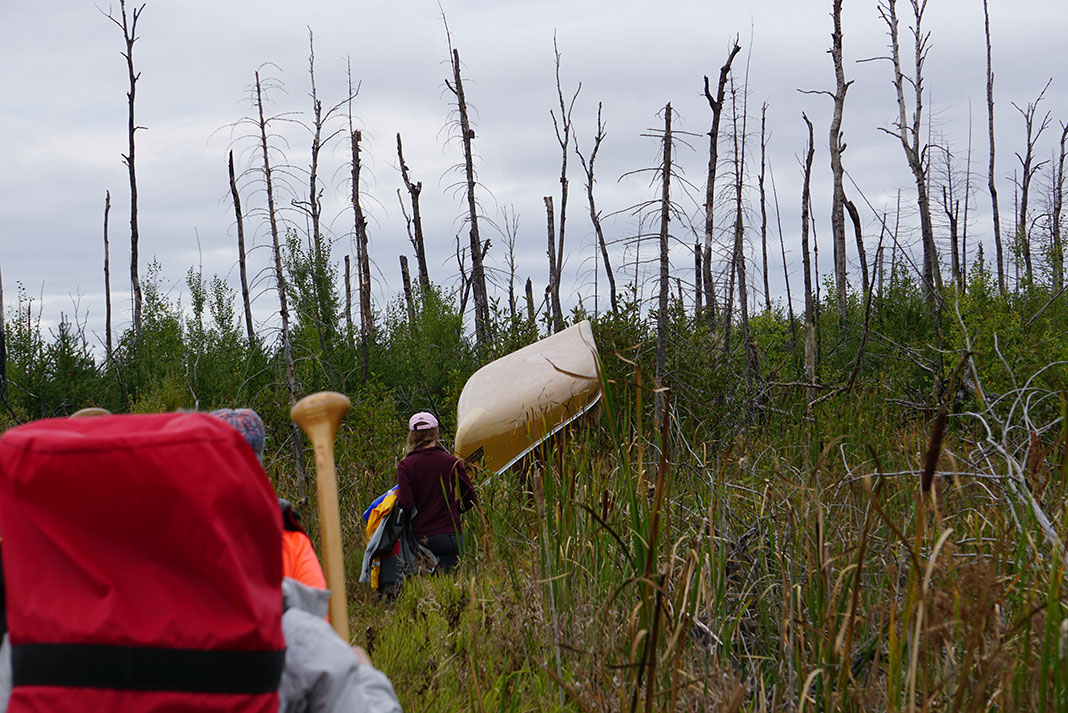
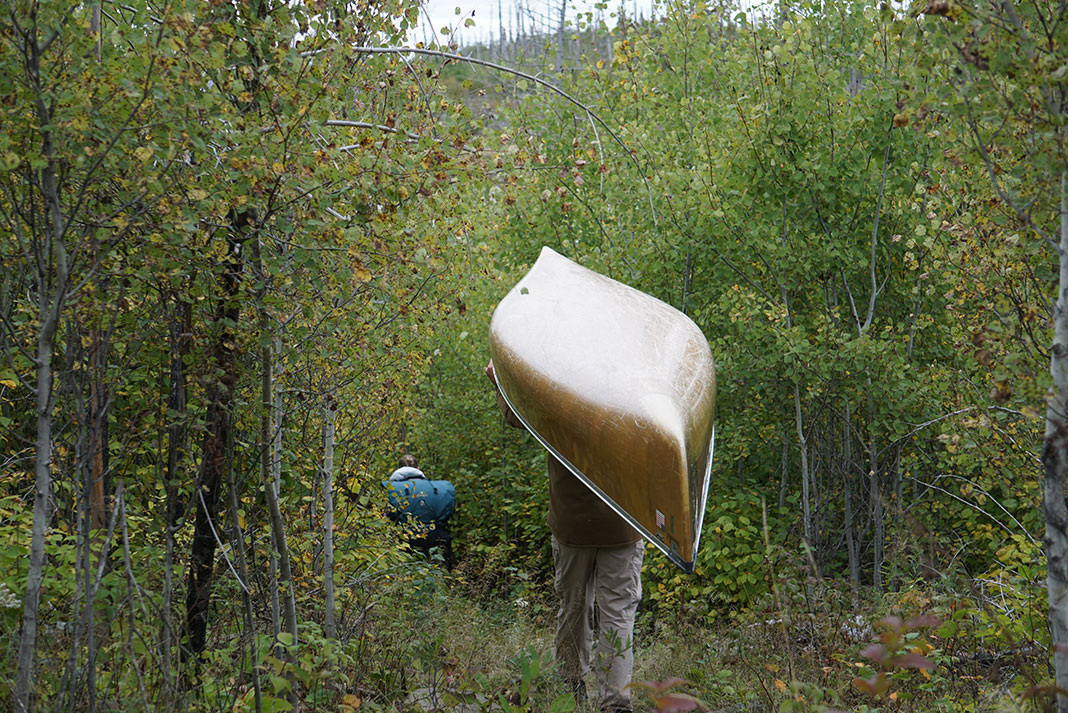
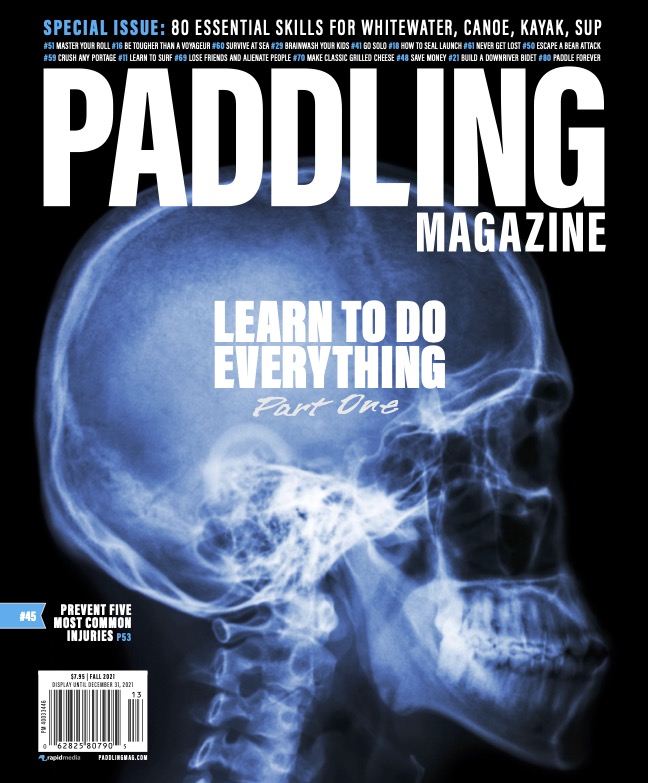

I always whistle ‘Leave it to Beaver’ theme song as it drives my kids “bonkers”! Oh gee whiz Beav…
https://www.youtube.com/watch?v=wL4dOfgslio
Kevin, over the last 12? years I have enjoyed your talks at the Midwest Mountaineering, Minneapolis, Canoe and Kayak Shows. You are a fun showman. Thanks.
Nice article, Kev, and right on. One small but important error: The yoke should be mounted “slightly forward” of center so the canoe will be slightly tail heavy. Yeah, I know…sometimes my mind gets things backwards when I mean to go forwards…or, the other way around.
Terrific piece Kevin. One addition, start with the canoe knee deep in the water and end by dropping it again knee deep in the water. Less of a lift and less chance of dropping the hull on the rocks.